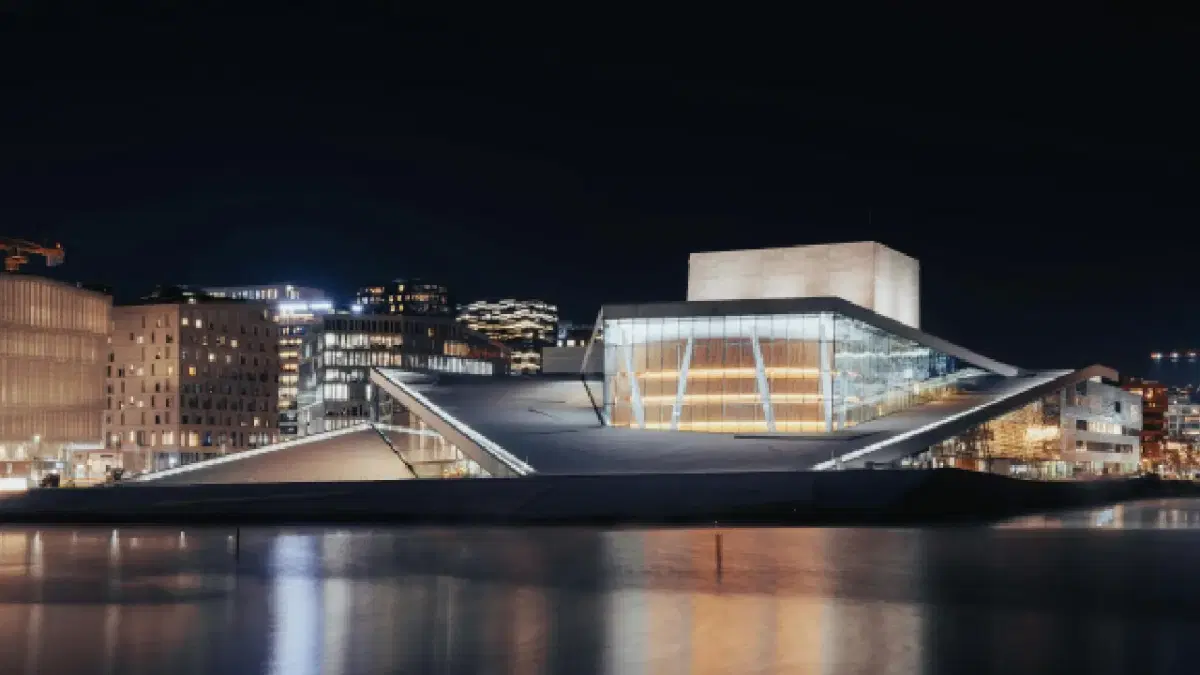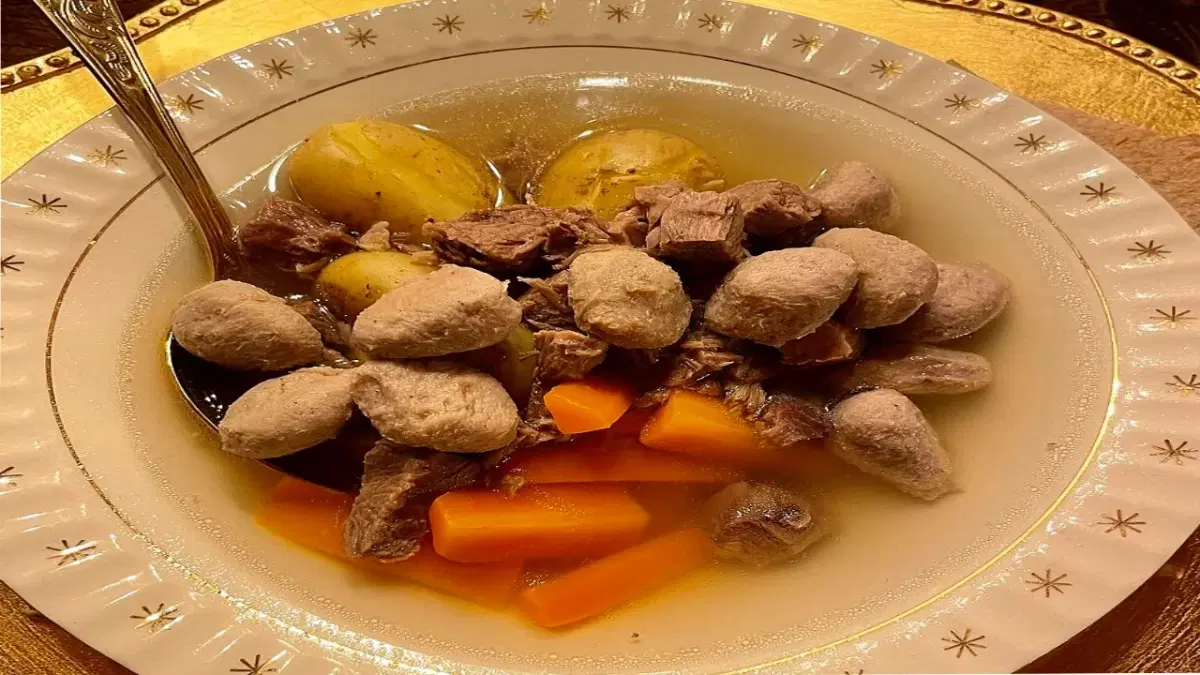
Top Things to Do in Oslo: Best Attractions, Food, Culture & Travel Guide

Oslo is the capital of Norway and is surrounded by forested hills, pristine lakes and modern Nordic architecture. Whether you are wandering through world-renowned sculpture parks, exploring the cutting-edge architecture of the Oslo Opera House or having a relaxing cruise experience, the best things to do in Oslo showcase Norway’s contemporary lifestyle, deep cultural roots and commitment to sustainability. From experiencing authentic Nordic culture, exploring world-renowned museums and hiking the forest trails, this Oslo travel guide covers everything you need to experience the best of Oslo and discover its unique Nordic charm.
Key Takeaways
- Modern meets nature: Oslo uniquely blends world-class museums, striking contemporary architecture, and pristine fjord landscapes within walking distance of each other.
- Budget-conscious luxury: Expect premium Nordic experiences with costs ranging from budget-friendly to high-end, with many free attractions, including Vigeland Park and Opera House rooftop access.
- Best visited May–September: Enjoy long daylight hours, outdoor dining along the fjord, and comfortable temperatures, though December offers magical Christmas markets and winter charm.
- Highly walkable capital: Central Oslo covers just 2-3 km end-to-end, supported by efficient trams, metros, and scenic ferries connecting key attractions.
- English-friendly destination: One of Europe's easiest cities to navigate for international travellers, with widespread English fluency and cashless payment systems.
Best Places to Visit in Oslo City Centre

Oslo Opera House – Rooftop Views & Iconic Nordic Architecture
The Opera House is an iconic marble-glass structure and one of the best Oslo attractions. The building features a unique design with angled exterior surfaces that sets an image of a geometrical glacier. It is one of the most photographed buildings in Norway and offers a 360-degree view from the top.
- Address: Kirsten Flagstads Plass 1, 0150 Oslo
- Best For: Architecture lovers, photographers
- Best Time to Visit: Morning or sunset for the best rooftop lighting
Aker Brygge & Tjuvholmen – Oslo’s Waterfront Dining & Art District
Aker Brygge is the most vibrant waterfront promenade in Oslo. This waterfront district is lined with restaurants, cafes and boutique stores that overlook the harbour and fortress.
Tjuvholmen is well-known for its contemporary architecture, art galleries and waterfront living. The district features the Tjuvholmen Sculpture Park, an open-air gallery of contemporary sculptures along the waterfront.
- Address: Bryggegata, 0250 Oslo
- Best For: Food lovers, evening strolls, nightlife
- Best Time: Late afternoon to evening for dining and harbour ambience
Viking Ship Museum – Explore Norway’s Viking Heritage
The Viking Ship Museum displays beautifully preserved Viking ships from the 9th century. These vessels give us an insight into Norway’s glorious past.
- Address: Nobels gate 32, 0268 Oslo
- Best For: history enthusiasts, families
- Best Time: early in the morning or later in the afternoon
Read more: Norway Tourism Guide
Where to Eat in Oslo – Best Restaurants & Local Norwegian Food

Local Favourites – Traditional Norwegian Dishes to Try
Oslo's food scene is a blend of traditional Norwegian cuisine with modern Nordic flavours. The city boasts a mix of century-old establishments that serve classic dishes along with Michelin-starred restaurants. The market space features multiple vendors under one roof that deal in traditional Norwegian delicacies like Fiskesuppe, Rakfisk, Reindeer steaks and fresh shrimp.
Oslo Nightlife Guide – Rooftop Bars, Saunas & Live Music
Oslo nightlife is a vibrant and diverse scene that caters to a wide range of tastes and experiences. Whether you prefer upscale waterfront venues, electric live music spots or high-energy clubs, Oslo’s nightlife combines an exciting mix of local culture, music and social atmosphere. The Summit Bar at Radisson Blu Plaza Hotel, SALT and Himkok are some of the popular rooftop bars in Oslo.
Floating Saunas on the Oslofjord – Signature Nordic Wellness Experience
Oslo is renowned for its innovative floating sauna experiences. The floating saunas in Oslo combine traditional sauna experience with unique waterfront settings in the Oslo Fjord. These saunas offer a memorable way to relax, socialise and enjoy spectacular city and fjord views. The floating sauna experiences in Oslo are one of the best things to do in Oslo.
Shopping in Oslo – Best Streets, Boutiques & Nordic Design Stores

The Karl Johans Gate serves as the primary shopping street in Oslo. This pedestrian-friendly boulevard features international chains and Norwegian brands. The Bogstadveien offers more upscale shopping with Scandinavian fashion boutiques, while the Grunerlokka District attracts shoppers seeking vintage clothing and handmade goods.
Essential Travel Tips for Visiting Oslo
- Budget Range: Rs. 9,000–15,000/day for budget travellers, Rs. 18,000–30,000/day for a mid-range experience and Rs. 35,000+/day for luxury travel.
- What to Bring: Layers, as the weather changes rapidly, comfortable shoes, reusable water bottle.
- Language: Norwegian is the official language, but English is widely spoken.
- Currency: Norwegian Krone (NOK)is the official currency, while cards are also accepted everywhere.
- ATMs: ATMs are available throughout the city with a withdrawal fee of Rs. 250–450 per transaction.
Conclusion: Why Oslo Should Be on Your Nordic Itinerary?
The best things to do in Oslo are a captivating blend of natural beauty, rich history and unique cultural experiences. From enjoying the panoramic views of the city from the rooftop of the Oslo Opera House to exploring the world’s largest sculpture park at Vigelandsparken, the best places to visit in Oslo combine outdoor adventure with artistic and cultural discovery. Plan your dream vacation to this beautiful Scandinavian destination with Pickyourtrail. Explore the best deals with our Norway Tour Packages and get access to our exclusive services of expert-curated itineraries, hassle-free Visa service and 24*7 customer support.
Frequently Asked Questions About Visiting Oslo
How many days do you need in Oslo?
2 to 3 days allows you to cover Oslo's main attractions comfortably without rushing. A typical itinerary covers the city centre on Day 1, Day 2 exploring museums and parks and Day 3 for a day trip or exploration of neighbourhoods like Grunerlokka. Budget travellers who maximise free attractions can experience Oslo highlights in 1.5-2 days, while those wanting a relaxed pace with multiple museum visits, dining experiences and possibly a fjord cruise should plan 3-4 days.
Is Oslo worth visiting in winter?
Yes, winter Oslo offers a completely different but equally rewarding experience. The city transforms with Christmas markets, ice skating at Spikersuppa, cosy cafes with candlelight and winter sports opportunities at Holmenkollen. While days are short, the magical atmosphere, fewer tourists and lower prices make winter an excellent time to visit. Pack warm layers, embrace the hygge culture and take advantage of indoor attractions like museums, restaurants, and floating saunas that actually feel more appealing in cold weather.
What are the best free things to do in Oslo?
Oslo offers numerous quality experiences without admission fees, like walking on the Oslo Opera House roof for panoramic views, exploring Vigeland Sculpture Park's 200+ sculptures, touring Akershus Fortress grounds, strolling the Akerselva River walking path, browsing the Mathallen Food Hall, hiking in Nordmarka forests accessible by metro and watching sunset from Ekeberg Park sculpture garden.
Is Oslo expensive for tourists?
Yes, Oslo ranks among the most expensive capitals in Europe as comparable to Zurich, London and Copenhagen. Restaurant meals, alcohol and accommodation cost significantly more than in southern European destinations. However, the high cost reflects quality with fresh, locally sourced ingredients. The Oslo Pass can provide value if you're visiting multiple museums and using public transport extensively.
Can you see the Northern Lights in Oslo?
Seeing the Northern Lights (Aurora Borealis) from Oslo is extremely rare. For reliable Northern Lights experiences, travel to northern Norway (Tromsø, Lofoten Islands, Alta) above the Arctic Circle, where auroras appear frequently from September through March.
What to pack for Oslo in summer?
Summer packing for Oslo requires versatile layering since the weather changes throughout the day. Bring comfortable walking shoes, a light rain jacket or windbreaker, casual layers like t-shirts and long-sleeve shirts, one light sweater or fleece for cooler evenings, casual pants or jeans, sunglasses and sunscreen. Temperatures typically range from 15-23°C, but can feel cooler near the fjord or in forested areas.
Update your location?



